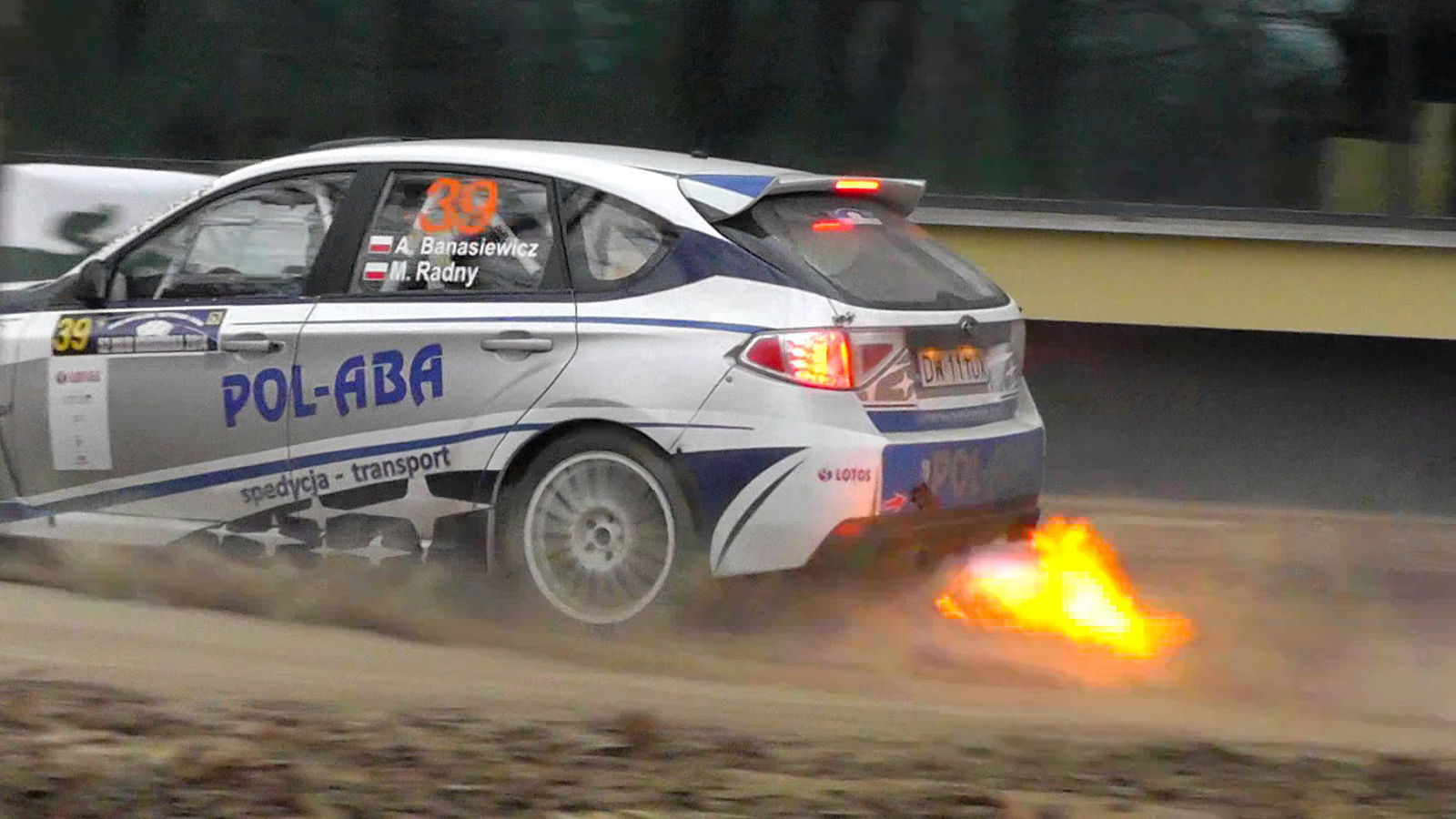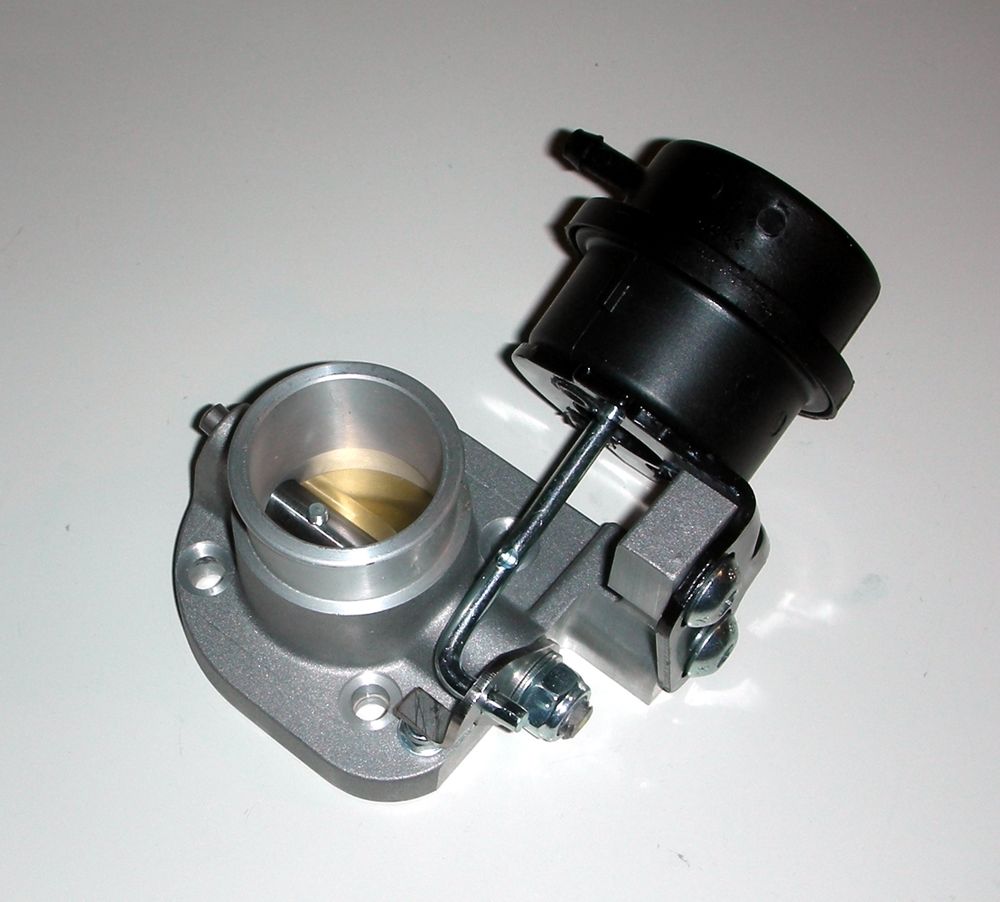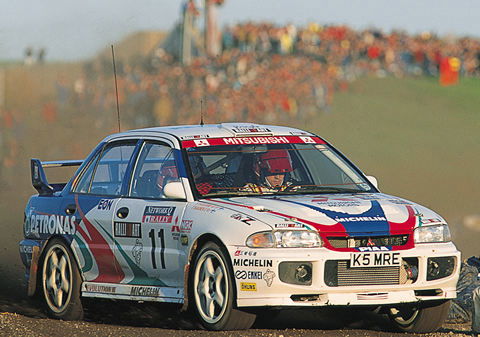Anti-Lag #blogpost
What is Anti-Lag?
An anti-lag system (ALS) is a type of misfiring system used on turbocharged engines to minimize turbo lag (mostly on racing vehicles). It works by arranging fuel and air into the exhaust duct before the turbocharger, and after the engine.

What is Anti-Lag?
An anti-lag system (ALS) is a type of misfiring system used on turbocharged engines to minimize turbo lag (mostly on racing vehicles). It works by arranging fuel and air into the exhaust duct before the turbocharger, and after the engine.
The system was first used in turbocharged Formula One cars, towards the end of the 1980s. Sadly, due to the fuel restrictions, the system’s use was made unsuitable.
However, the system later made other occurrences, becoming a common feature in rally cars because of the increased turbo lag from the assigned restrictors located at the intake manifold inlet.

The pressure ratio for a given boost level is much higher due to the pressure drop, causing the turbocharger to spin much faster to produce the same amount of boost as when the engine operates without the restrictors. This creates a significant increase of turbo lag to the unrestricted turbocharge.
The system requires an air bypass generally done in one or two methods; sometimes even a third method is used.
Methods
The first method - known as “throttle bypass,” or “throttle kick” - is a combination featuring “ignition retardation” (also known as ignition timing, which refers to the number of degrees before a spark ignites the air-fuel mixture) and slight fuel enrichment to mainly to provide cooling.
The “ignition kick” typically occurs at 35-45 degrees ATDC. The late ignition time causes very little expansion of the gas in the cylinder due to the pressure and temperature being high when the exhaust valve opens. This results in a small amount of torque delivered to the crankshaft.

The higher exhaust pressure and temperature combined with the increased mass flow is enough to keep the turbocharger spinning at high speeds; which reduces turbo lag.
When the throttle is opened up again, both the ignition and the fuel injection systems go back to their normal operations.
Since many of the engine’s components are exposed to high temperatures and high pressure pulses, this kind of system can be difficult on the engine and turbocharger during an ALS operation.
If the strain on the engine and turbocharger could be bad enough, high temperatures can be an issue, as well as uncontrolled turbo speeds, which can easily destroy a turbocharger.
Sometimes the ALS has to be automatically shut down when the coolant reaches a temperature of 110-115 C° (Celsius) to prevent overheating.
The second method used is called secondary air injection,“ or “inlet bypass.”
This anti-lag system works with a bypass valve (also known as a blow-off valve), which feeds air directly to the exhaust system.
This method is considered to be more refined than throttle bypass. Some of the earliest systems for this method were used by Ferrari in Formula 1.

Other well-known users of this system are none other than the WRC versions of the 1995 Mitsubishi Lancer Evolution III and Toyota Celica GT-Four ST205.


Brass tubes fed air from the turbocharger’s Compressor Bypass Valve (CBV) to each of the exhaust manifold tracts, in order to provide the needed air for fuel combustion. The system is controlled by two pressure valves, which are operated by the ECU.
Besides the racing versions, the hardware of the ALS was also installed in the 2500 “Group A homologation base WRC method car” street legal Celica GT-Fours. Funny enough, the Celicas with the systems were actually disabled. The tubes and valves were only present for traditional reasons.
On later generations of the Mitsubishi Evolution (IV-X, but only on JDM models) the Secondary Air System (SAS) can be activated to provide anti-lag.

And the third and final system - called “turbo and intercooler bypass” - is a method used including a large one-way check valve.

The check valve is inserted just prior to the throttle body, which allows air to bypass the turbo, intercooler, and piping.
All of which happens when there is a negative air pressure at the throttle body inlet.
All of this results in air combustion, which means more air driving the turbine side of the turbo. The valve closes when positive pressure reaches the intercooler hosing.
The Modern Era of the System
Today’s rally cars still use the system, although the new systems are a little bit different than the older versions. For one thing, the systems feed air directly into the exhaust.
The modern systems are often described as more refined and more effective because of the advanced computer control, and many say they are quieter.
Heck, the modern systems have reached a point of “refinement” that it is even possible to use the system in road cars.
A recent example of the new refined systems is the Prodrive P2 prototype.

The P2’s anti-lag system works by bypassing charged air directly into the exhaust manifold - which acts as a combustor when the rich fuel from the engine meets with the fresh air from the bypass.
This provides a continuous combustion limited to the exhaust, reducing the heat and pressure loads on both the engine and turbocharger.
And with the latest additions of the new systems, turbo load and boost are produced at very low engine speeds.
The low power turbo and boost creates low end torque superior even to large, naturally aspirated engines. Although, the systems have been banned at some rallies because of the produced noise.

Comments
SzymekS VinSerento DodgeViperACR16 GurminderBains
Great article!
lol
Very nicely written! Never fully understood antilag so that helped out a lot :D
This is a fantastic post. Honestly it helped me understood better what anti lag is. Thanks for producing such great content ;)
Really good post, I hope this gets a lot of upvotes because this is the first time I have seen someone explain anti-lag correctly in a simple way. So many youtubers today refer to regular ignition cut revlimiters and launch control as anti-lag and it is really annoying.
How bad will it damage the engine?
Matt Robinson
Great post,man!
I didn’t know much about the ALS before, so this post really helped me to understand it. Nice work! Two questions though: A) How can I make those headings, and B) How can I use Bold Text?
Pagination